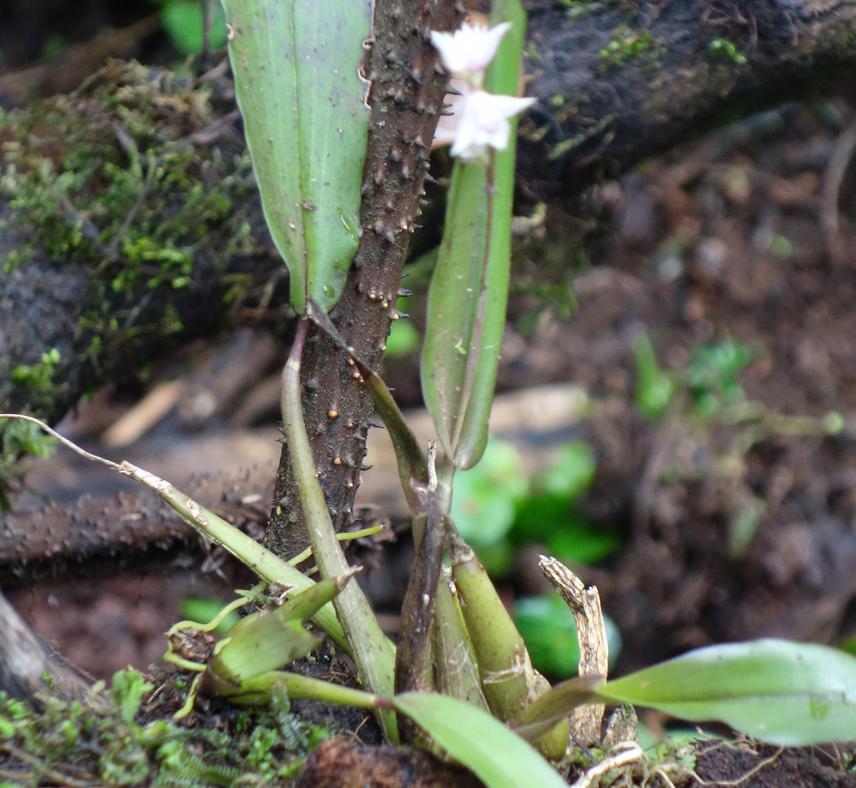Fanuel Kawaka
Other projects
16 Jun 2016
Integrating Local Schools in the Conservation of Wild Orchids in Kericho Forest, Kenya
24 Aug 2017
Integration of the Local Community and Schools in the Conservation of Wild Orchids in Kenya
20 Dec 2018
Integrating Local Community and Schools in the Conservation of Wild Orchids in Kenya
17 Dec 2021
Validation and Up-Scaling Community Best Practices in Conservation of IUCN Red-listed Wild Orchids in Kenya
This project proposes to integrate the local community into the conservation of Kenyan endemic orchids in Kericho Forest, Kenya.

The Kenyan endemic orchid species thought to be extinct were recently rediscovered along Kiptiget streams and Coryndon Fishing Camp in Kericho Forest, Kenya. The Orchidaceae is considered one of the most diverse plant families on earth, accounting for 10% of total plant biodiversity. The plants are popular for their beautiful flowers, and food-flavouring products which make them a resource of great economic importance in the global horticultural and food industries. Orchids are also used as food and medicine while their tubers are prepared for soup in many African communities. Harvesting of orchids is associated with forest burning, as a result threatening not only the orchids themselves but also other living organisms found in the area. Due to habitat loss, climate change and over-exploitation of many tree species for firewood and timber, orchids (many of which are epiphytes) require an urgent conservation intervention. Moreover, rapid conversion of the local forests into agricultural land and setting up of planted forests by the local community has displaced many wild orchid species.
This project will directly involve local community participation in the in-situ conservation of wild orchids with a major focus on the Kenyan endemic orchids through ex-situ strategies and activities. Setting up of seed banks, nature trails and orchid gardens will ensure availability of planting materials to the local community. We will develop conservation and management interventions targeting the endemic species, introduce propagation techniques, and create awareness on the importance of orchid conservation in schools as well as rural communities in the area. Ex-situ conservation of orchid germplasm in collaboration with the Genebank of Kenya (GBK) will improve the number of collections banked in the country and ensure their conservation for future generations. In addition, the project will stimulate the growth of eco-tourism and improved livelihoods as a result of proposed development of nature trails and community gardens. Finally, since most orchids are epiphytes, the project will indirectly lead to the conservation of indigenous trees in the forests.